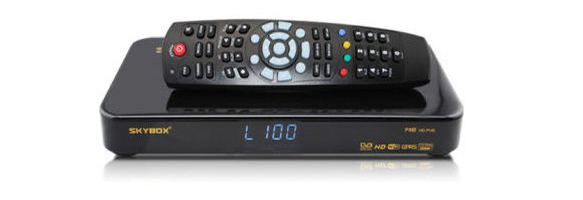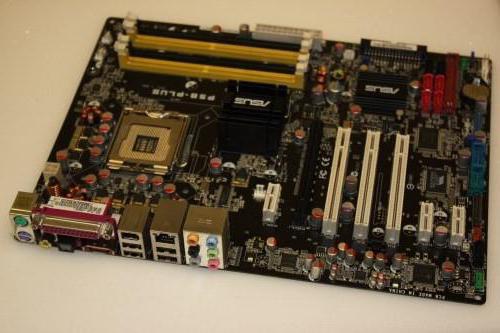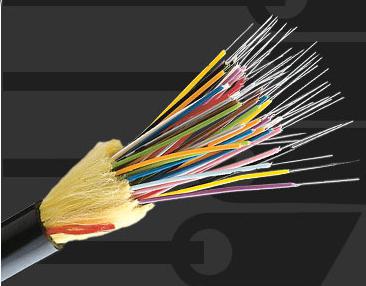Optical connectors: purpose, types, characteristics of connectors
To date, more than 70 types have been developedconnectors for different purposes for fiber-optic communication lines. The most common are balanced optical connectors with a plug-type design. To connect such connectors use special optical adapters. Thanks to these devices, the connected optical connectors can be of one or several types.

Description of the optical connector design
Plug-in optical connectors are as followsway: the optical fiber is fixed in a special precision tip of the "Ferule" type, which is inserted into the insertion-centralizer. Fastening of connectors in the adapter can be either bayonet type, or threaded or lock. In some types of equipment, it is required to connect duplex pairs of optical fibers, specifically for this purpose, optical duplex connectors have been developed. Initially, the implementation of such devices was achieved due to a symmetrical plastic clamp containing nests into which a pair of connectors were embedded, after which they were fixed by a latch. Most suited for this connector with a square case. However, over time, there was a need to develop optical duplex connectors in a single package.

The next stage in the development of productionfiber-optic connectors was the creation of special tape-type connectors in a single buffer coating. Nevertheless, today this kind is not very popular due to the high complexity of obtaining a high-quality joint, even with the use of a welding method. Currently, the main consumers of these connectors are Japan and the United States.
Main technical characteristics
The main parameters of optical connectorsare: throughput, long-term durability and stability to external conditions. The throughput is affected by the reverse reflection and insertion loss. These characteristics depend on the transverse displacement of the axes, as well as the angle between them. And also from the Fresnel reflection of the signal at the interface between the separation of two media. The maximum loss that the connector makes is optical attenuation. This characteristic affects the size of the total losses in this path. This parameter directly depends on the transverse deviation (misalignment) of the cores of the connected optical fibers.

The next important parameter is the oppositereflection. The main source influencing this characteristic is the boundary between the separation of two media (air and fiber). This component can reach significant values. Moreover, the reverse reflection can be changeable in time, that is, under the influence of external factors, it eventually can disrupt the performance of the entire system.
Optical audio cable
Now great popularity in the deviceaudio systems win fiber optic cables. The main advantage of such wires is the absence of interference, which means that the signal remains clean and clear, despite the length of such an extension. Fiber-optic cables have proved to be reliable work in difficult electromagnetic conditions, where copper wires were unable to cope with interference. In computer technology, the SPDIF (Sony-Philips Digital Interface) cable is especially popular - it is an interface for the transmission of audio signals in digital form. It transmits audio signals between devices without losing quality, which inevitably occurs when using an analog method.







